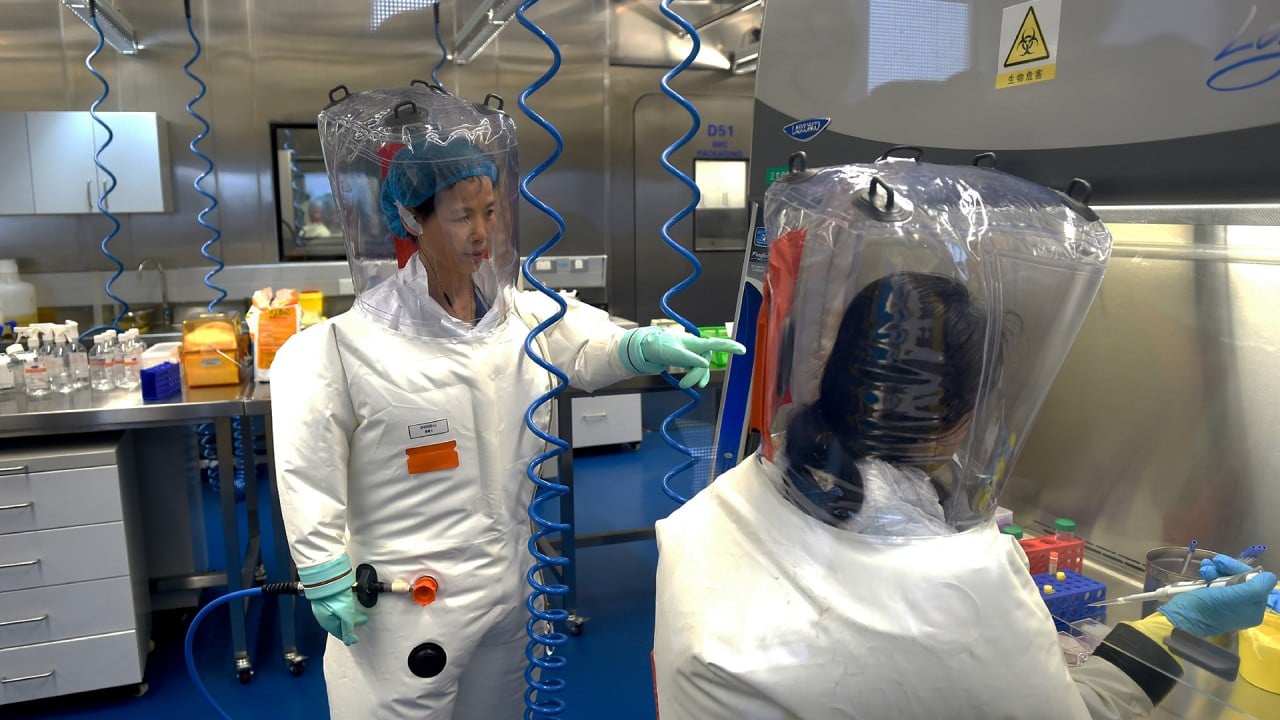Opinion | Coronavirus third wave: Group testing can address Hong Kong’s limited capacity
- Hong Kong currently has a quarter to a fifth of the capacity it needs to handle Covid-19, and testing the entire population is prohibitively expensive
- Emulating the group testing approach taken in Germany, Israel and the mainland can help make more efficient use of the city’s resources

One of the most important concerns in mitigating the Covid-19 pandemic is testing. In Hong Kong, the issue of insufficient capacity for testing has often been raised. For example, Professor Lo Chung-mau at the University of Hong Kong recently suggested the city needs to increase its testing capacity to 20,000 tests daily.
Group testing was first proposed in 1943 by Robert Dorfman, an economist at Harvard University, to identify the presence of syphilis in the US Army. Like the current Covid-19 pandemic, it was expensive to test every soldier for syphilis. Dorfman proposed group testing as follows: samples from groups are first tested, and if a group tests negative, all individuals in the group are declared to be negative. Otherwise, every individual in the group is tested separately.
For example, consider a case in which one out of 100 subjects is positive. By dividing the 100 subjects into five groups of equal size, group testing only requires 25 tests: one test for each of the five groups and 20 separate tests for the 20 subjects in the group returning a positive test. By contrast, testing all subjects separately requires 100 tests.

02:24
Coronavirus: A look inside China’s Wuhan Institute of Virology
